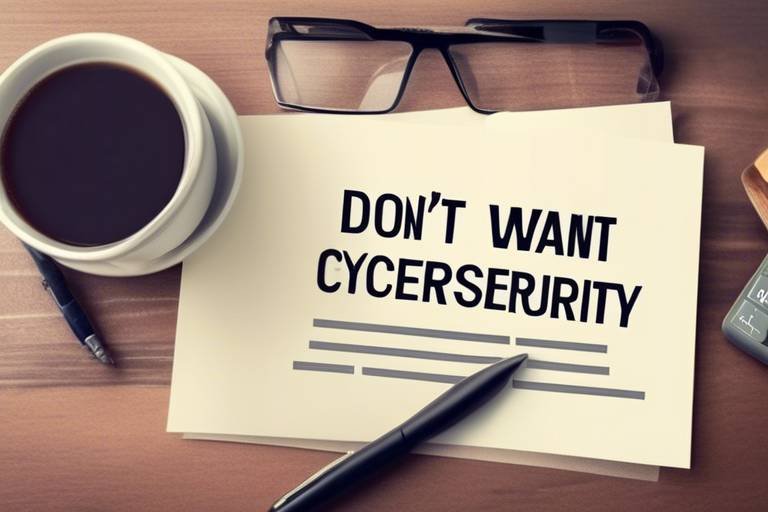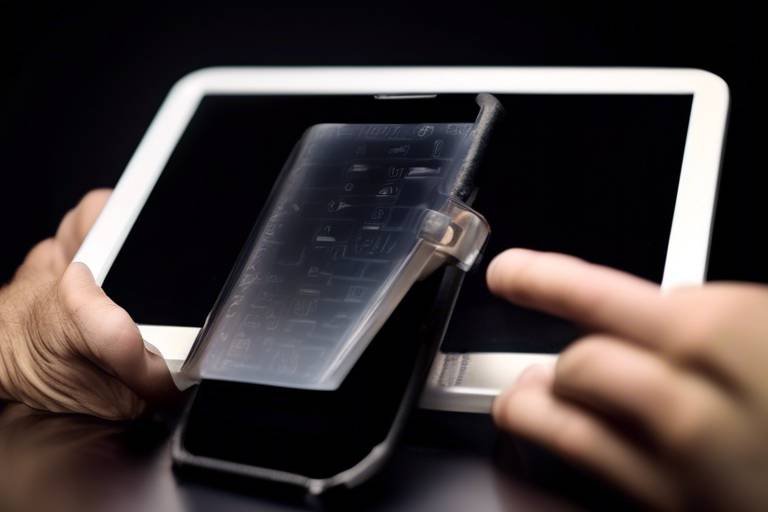How Secure is Contactless Payment Technology?
In today's fast-paced world, contactless payment technology has emerged as a revolutionary way to make transactions. Imagine just tapping your card or smartphone against a terminal and voilà—your payment is done! But with convenience comes the pressing question: how secure are these transactions? This article dives deep into the security measures, potential risks, and future developments of contactless payment technology, offering insights into how safe these transactions really are for consumers and businesses alike.
Contactless payment technology allows transactions without physical contact, utilizing NFC (Near Field Communication) for quick and convenient purchases. This technology has gained significant traction among consumers, especially with the rise of digital wallets and mobile payment apps. But how does it actually work? When you tap your card or device near a payment terminal, it sends encrypted data through the air, completing the transaction in seconds. This ease of use is a major reason for its growing popularity, but it also raises questions about security.
Contactless payment systems incorporate various security features designed to protect sensitive financial information. Two major technologies that enhance transaction safety are encryption and tokenization. These methods not only safeguard your data during transactions but also work behind the scenes to ensure that your financial details remain confidential. Let’s delve into these technologies and discover how they bolster the security of contactless payments.
Encryption is essential for safeguarding data during transactions. When you make a contactless payment, your card information is transformed into an unreadable format that only the payment processor can decode. This process significantly mitigates the risk of fraud. The types of encryption used in contactless payments include:
- Symmetric Encryption: This method uses the same key for both encryption and decryption. It's fast and efficient, making it suitable for quick transactions.
- Asymmetric Encryption: This involves a pair of keys—one public and one private. It adds an extra layer of security, especially useful for sensitive data exchanges.
Both symmetric and asymmetric encryption methods have distinct advantages. Symmetric encryption is like a secret handshake between two friends, while asymmetric encryption is more like sending a locked box that only the intended recipient can open. Each method plays a crucial role in securing contactless payment transactions, ensuring that your financial data is well-protected.
End-to-end encryption ensures that data remains secure from the point of sale to the payment processor. Think of it as a secure tunnel where your information travels safely without any chance of being intercepted. This method enhances consumer trust in contactless payments, as it assures users that their sensitive data is not exposed at any stage of the transaction.
Tokenization replaces sensitive card information with unique identifiers, or tokens. Instead of transmitting your actual card number during a transaction, a token is generated and used instead. This means that even if someone intercepts the transaction data, they only get a meaningless token, not your real card details. Tokenization is a game changer in preventing unauthorized access to payment details, making it a cornerstone of contactless payment security.
Despite robust security measures, contactless payments are not without risks. Understanding these vulnerabilities is crucial for consumers wanting to protect themselves. Common risks include:
- Skimming Attacks: Skimming involves capturing card information through unauthorized devices. Thieves can use handheld devices to read your card details without you even knowing it.
- Data Breaches: Data breaches can expose sensitive information stored by payment processors. Notable breaches have revealed how vulnerable our financial data can be, leading to significant implications for contactless payment security.
As technology evolves, so do security measures. The future of contactless payment security looks promising, with emerging trends such as biometric authentication, artificial intelligence, and advanced encryption techniques. These innovations are aimed at enhancing the security of contactless payment systems, making them even safer for consumers and businesses alike. It's an exciting time for the world of digital payments, and staying informed is key to navigating this ever-changing landscape.
- Are contactless payments safe? Yes, contactless payments are generally safe due to advanced encryption and tokenization technologies that protect your data.
- What should I do if my contactless card is lost or stolen? Immediately report the loss to your bank or card issuer to prevent unauthorized transactions.
- Can my contactless card be skimmed? While skimming is a risk, using protective wallets or cases can help shield your card from unauthorized readers.

Understanding Contactless Payments
Contactless payment technology has revolutionized the way we conduct transactions, making it easier and faster than ever to make purchases. Imagine walking into a store, grabbing what you need, and simply tapping your card or smartphone on a terminal to pay. No need to fumble for cash or swipe a card; it’s as simple as that! This convenience is made possible through the use of NFC (Near Field Communication) technology, which allows devices to communicate wirelessly over short distances.
So, how does it actually work? When you tap your contactless-enabled card or device near a payment terminal, the NFC technology activates and establishes a connection. This connection transmits your payment information securely and almost instantly. The beauty of this system is its speed—transactions can be completed in mere seconds, which is a huge plus for busy consumers and retailers alike.
But why has contactless payment become so popular? Well, let’s consider a few key factors:
- Convenience: No more waiting in long lines to pay; just tap and go!
- Speed: Fast transactions mean quicker checkouts, benefiting both consumers and businesses.
- Hygiene: Especially during times of health concerns, contactless payments minimize physical contact.
- Adoption: More retailers are adopting this technology, making it easier for consumers to use it wherever they go.
As consumers become more tech-savvy and demand for faster payment options increases, the adoption of contactless technology is expected to grow even further. In fact, many experts predict that by the end of the decade, contactless payments will become the norm rather than the exception. This shift isn’t just about convenience; it's about a fundamental change in how we view money and transactions in the digital age.
However, it's essential to understand that with great convenience comes the need for robust security measures. While contactless payments offer a seamless experience, they also raise questions about safety and security. This will lead us into our next section, where we will explore the various security features that protect consumers and businesses alike when using contactless payment technology.

Security Features of Contactless Payments
When it comes to contactless payments, security is a top priority. This innovative technology allows consumers to make purchases with just a tap of their card or smartphone, but how safe are these transactions? The answer lies in several sophisticated security features designed to protect sensitive information and mitigate risks. One of the most crucial elements is encryption, which ensures that data transmitted during a transaction is scrambled and unreadable to unauthorized parties. Think of it as a secret language that only the payment processor and the consumer can understand.
Another vital security measure is tokenization. This process replaces sensitive card information, such as your credit card number, with a unique identifier or token. This means that even if a hacker were to intercept the transaction data, they would only get a meaningless string of numbers. Tokenization acts as a shield, safeguarding your personal information by ensuring that it is never transmitted during the transaction.
Additionally, many contactless payment systems employ multi-factor authentication, which adds another layer of security. This could involve requiring a PIN, fingerprint, or facial recognition in conjunction with the tap of a card or phone. By combining these various security features, contactless payment technology is designed to be both convenient and secure.
To give you a clearer picture of how these security measures work together, let's take a look at the following table:
| Security Feature | Description | Benefit |
|---|---|---|
| Encryption | Scrambles transaction data | Protects data from unauthorized access |
| Tokenization | Replaces sensitive info with tokens | Minimizes risk of data theft |
| Multi-factor Authentication | Requires additional verification | Enhances user identity verification |
In summary, while no payment method is entirely without risk, the security features of contactless payments are designed to provide a robust defense against fraud and unauthorized access. As consumers continue to embrace this technology for its convenience, understanding these security measures can help them feel more confident in their transactions.
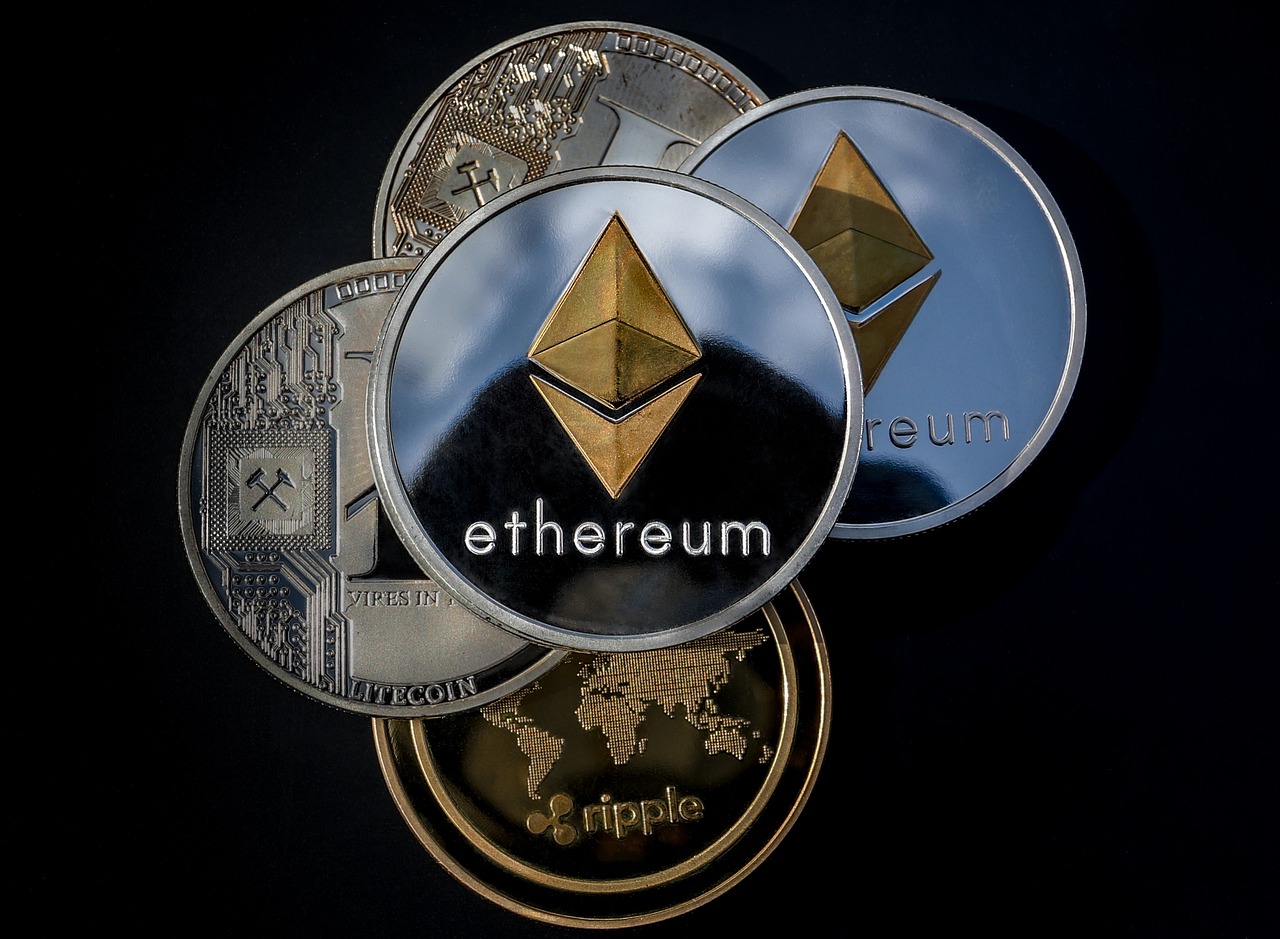
Encryption Techniques
Encryption is a cornerstone of security in contactless payment technology, acting like a shield that protects sensitive information during transactions. When you tap your card or smartphone at a payment terminal, your financial data isn't transmitted in plain text; instead, it is scrambled into a code that can only be deciphered by authorized parties. This process not only enhances security but also builds consumer confidence in using contactless payment methods.
There are several types of encryption techniques utilized in contactless payments, each with its unique strengths. Two of the most commonly used methods are symmetric encryption and asymmetric encryption. With symmetric encryption, the same key is used for both encrypting and decrypting the data. This method is fast and efficient, making it suitable for real-time transactions. However, the challenge lies in securely sharing the key between parties involved.
On the other hand, asymmetric encryption employs a pair of keys: a public key, which can be shared openly, and a private key, which is kept secret. This method enhances security by ensuring that even if the public key is intercepted, the data remains safe as it can only be decrypted with the corresponding private key. The combination of these two encryption types creates a robust framework that significantly reduces the risk of fraud.
Another vital aspect of encryption in contactless payments is end-to-end encryption (E2EE). This technique ensures that data is encrypted at the point of sale and remains secure all the way to the payment processor. Imagine sending a locked box filled with your most precious items; only the intended recipient has the key to unlock it. E2EE works in a similar fashion, ensuring that your financial information is shielded from potential threats during its journey through various networks.
To better illustrate the differences between symmetric and asymmetric encryption, here’s a simple comparison:
| Feature | Symmetric Encryption | Asymmetric Encryption |
|---|---|---|
| Key Usage | Single key for both encryption and decryption | Pair of keys (public and private) |
| Speed | Faster | Slower |
| Security | Key sharing can be a risk | More secure due to separate keys |
In conclusion, encryption techniques are fundamental to the security of contactless payments. They not only protect sensitive data from interception but also foster trust between consumers and businesses. As technology advances, we can expect even more sophisticated encryption methods to emerge, further enhancing the safety of our financial transactions.
- What is encryption in contactless payments? Encryption is the process of converting sensitive information into a coded format to prevent unauthorized access during transactions.
- Why is end-to-end encryption important? End-to-end encryption ensures that your financial data is secure from the moment you make a payment until it reaches the payment processor, minimizing the risk of data breaches.
- How does symmetric encryption differ from asymmetric encryption? Symmetric encryption uses a single key for both encryption and decryption, while asymmetric encryption uses a pair of keys (public and private) for enhanced security.
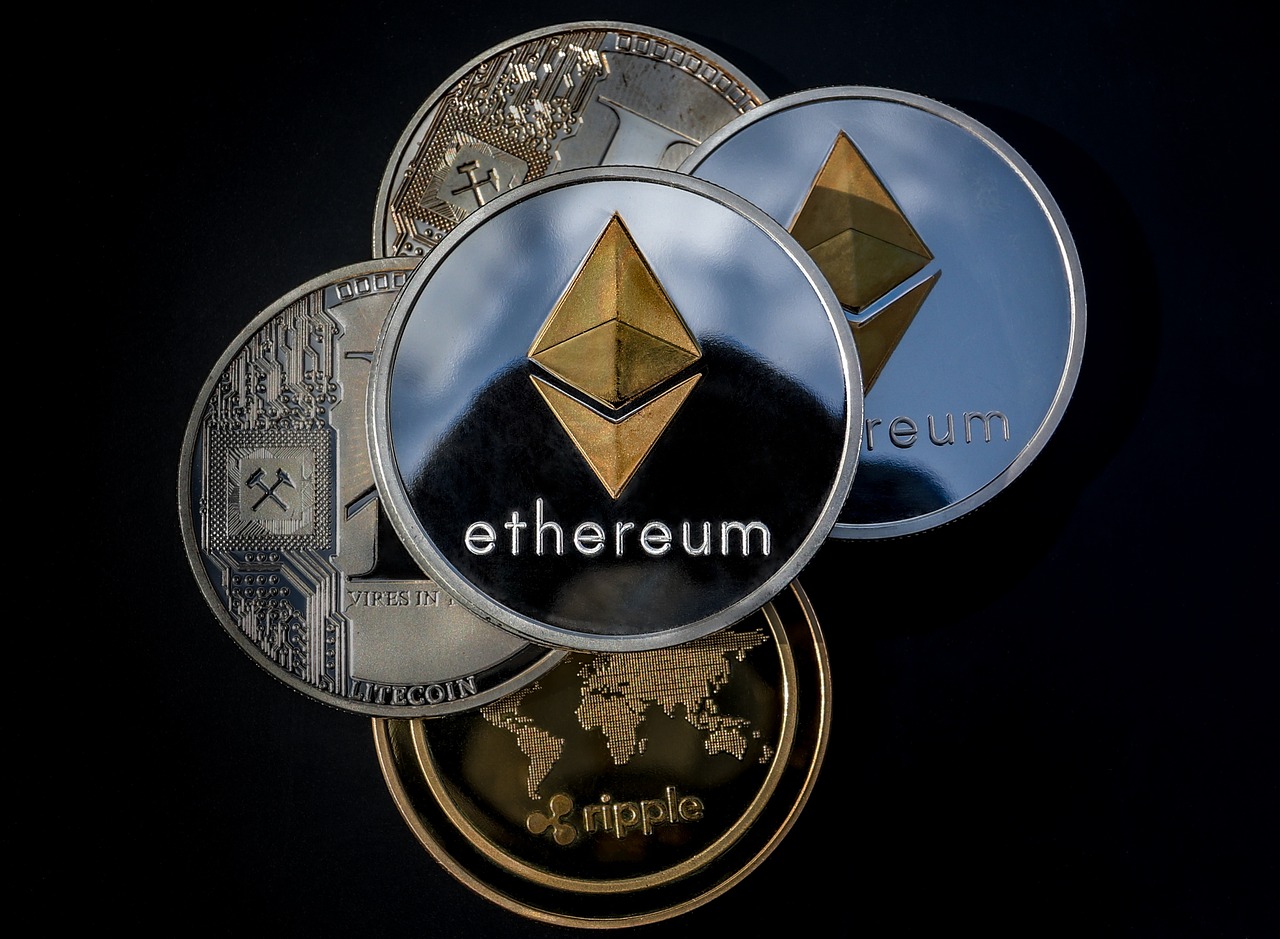
Symmetric vs. Asymmetric Encryption
When it comes to securing contactless payments, understanding the difference between symmetric and asymmetric encryption is crucial. Both methods serve the purpose of protecting sensitive information during transactions, but they do so in fundamentally different ways. Imagine symmetric encryption as a locked box where both the sender and receiver share the same key to lock and unlock the box. This means that if someone gets hold of that key, they can access the contents without any issue. On the other hand, asymmetric encryption operates like a mailbox: it has a public key that anyone can use to drop in messages, but only the owner has the private key to retrieve them. This fundamental difference plays a significant role in how secure each method is.
In the world of contactless payments, symmetric encryption is often favored for its speed and efficiency. It uses a single key for both encryption and decryption, which allows for quick processing of transactions. However, this efficiency comes with a trade-off: if that key is compromised, all transactions can be at risk. In contrast, asymmetric encryption employs two keys—a public key and a private key. This dual-key system enhances security because even if the public key is exposed, the private key remains safe, making it nearly impossible for unauthorized users to decrypt the data without the private key. This added layer of security is particularly beneficial in environments where sensitive financial information is being transmitted.
To illustrate the differences further, consider the following table:
| Feature | Symmetric Encryption | Asymmetric Encryption |
|---|---|---|
| Key Usage | Single key for both encryption and decryption | Two keys (public and private) |
| Speed | Faster due to single key | Slower due to complex calculations |
| Security | Risky if the key is compromised | More secure; public key can be shared openly |
| Use Cases | Bulk data encryption, quick transactions | Secure communications, digital signatures |
While both encryption methods have their advantages and disadvantages, the choice between symmetric and asymmetric encryption often depends on the specific needs of the contactless payment system. For instance, a system that prioritizes speed may lean towards symmetric encryption, while one that emphasizes security might prefer the dual-key approach of asymmetric encryption. Ultimately, the best solutions often combine both methods to leverage their strengths, ensuring that transactions remain secure while still being processed efficiently.
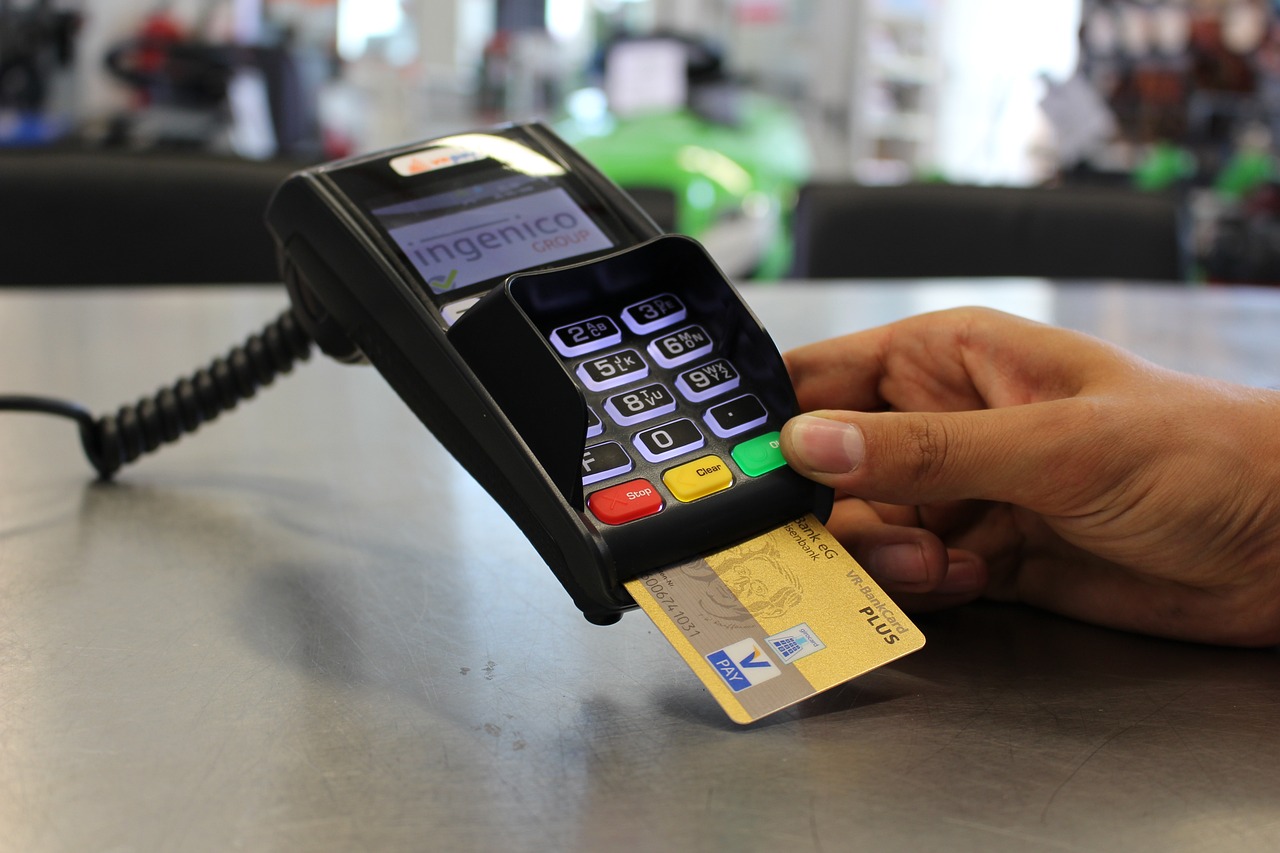
End-to-End Encryption
End-to-end encryption (E2EE) is a cornerstone of security in contactless payment systems. This technology ensures that data is encrypted from the moment it leaves your device until it reaches the payment processor, creating a secure tunnel that protects sensitive information during transit. Imagine sending a secret message in a locked box; only the intended recipient has the key to unlock it. Similarly, E2EE guarantees that your financial details are only accessible to you and the merchant you're transacting with.
One of the key benefits of end-to-end encryption is that it significantly reduces the risk of interception by malicious actors. When you make a contactless payment, your card information, including your card number and expiration date, is transformed into a secure code that can’t be easily deciphered. This means even if a hacker manages to intercept the data during transmission, they would only capture encrypted information that is virtually useless without the proper decryption key.
To illustrate the effectiveness of E2EE, let's consider a few critical aspects:
- Data Protection: E2EE safeguards your payment details against eavesdropping and unauthorized access.
- Consumer Trust: Knowing that their data is protected encourages consumers to embrace contactless payment technology.
- Compliance: Many regions require businesses to implement strong encryption methods to comply with regulations, further enhancing security.
However, while E2EE is a robust security measure, it is not infallible. It relies on the integrity of both the sender and receiver's devices. If either party's device is compromised, the encryption can be rendered ineffective. Thus, it’s crucial for consumers to maintain updated security software and be cautious about the networks they use for transactions.
In conclusion, end-to-end encryption plays a pivotal role in ensuring the safety of contactless payments. By encrypting data throughout the transaction process, it not only protects sensitive information but also fosters confidence among users. As technology continues to advance, we can expect E2EE to evolve, incorporating even more sophisticated methods to keep our financial data secure.
Q: What is end-to-end encryption?
A: End-to-end encryption is a security measure that encrypts data from the moment it leaves the sender's device until it reaches the recipient's device, ensuring that only authorized parties can access the information.
Q: How does end-to-end encryption protect my payment information?
A: It transforms your payment details into a secure code that is unreadable to anyone who might intercept it during transmission, thus preventing unauthorized access.
Q: Are there any risks associated with end-to-end encryption?
A: While E2EE is highly effective, it can be compromised if either the sender's or receiver's device is hacked. Therefore, maintaining device security is crucial.
Q: Is end-to-end encryption used in all contactless payment systems?
A: Most reputable contactless payment systems implement end-to-end encryption, but it's always wise to check the security features of the specific payment method you are using.

Tokenization Explained
Tokenization is a **powerful security method** that plays a critical role in protecting sensitive payment information during contactless transactions. Instead of transmitting actual credit card numbers or bank account details, tokenization replaces these sensitive data points with unique identifiers known as **tokens**. Think of tokens as a **decoy**; they hold no intrinsic value and cannot be reverse-engineered to retrieve your original information. This means that even if a hacker manages to intercept a token during a transaction, they are left with nothing useful.
The process of tokenization works as follows: when you make a contactless payment, your card details are sent to a secure tokenization server. Here, your sensitive information is transformed into a token, which is then used for processing the payment. The actual card details remain securely stored on the server, far away from prying eyes. This method significantly reduces the risk of fraud, as the tokens can only be used for a specific transaction or within a limited time frame.
One of the most appealing aspects of tokenization is its ability to enhance **consumer confidence**. When customers know their information is being protected by this advanced technology, they are more likely to embrace contactless payments. Moreover, tokenization is not limited to just credit card transactions; it can also be applied to other sensitive data, such as personal identification numbers (PINs) and even biometric data. This versatility makes tokenization a **cornerstone** of modern digital security.
To illustrate how tokenization works, consider the following table:
| Step | Description |
|---|---|
| 1 | The consumer initiates a contactless payment. |
| 2 | Payment information is sent to the tokenization server. |
| 3 | The server generates a unique token to replace the sensitive data. |
| 4 | The token is sent back to the payment processor for transaction approval. |
| 5 | The actual card details remain secure and are never exposed. |
In conclusion, tokenization is a vital technology that enhances the security of contactless payments. By replacing sensitive information with non-sensitive tokens, it provides a robust layer of protection against fraud and data breaches. As consumers become more aware of the risks associated with digital transactions, the demand for secure payment methods like tokenization is likely to continue to grow. This advancement not only protects consumers but also builds trust within the digital payment ecosystem.
- What is tokenization? Tokenization is a security process that replaces sensitive payment information with unique identifiers to protect it from unauthorized access.
- How does tokenization enhance security? By using tokens instead of actual card details, the risk of fraud is significantly reduced, as tokens cannot be reverse-engineered to retrieve sensitive information.
- Can tokenization be used for other types of data? Yes, tokenization can also be applied to personal identification numbers (PINs), biometric data, and more.
- Why should consumers trust tokenization? Tokenization enhances consumer confidence by ensuring that sensitive data is never exposed during transactions, making it a secure choice for digital payments.
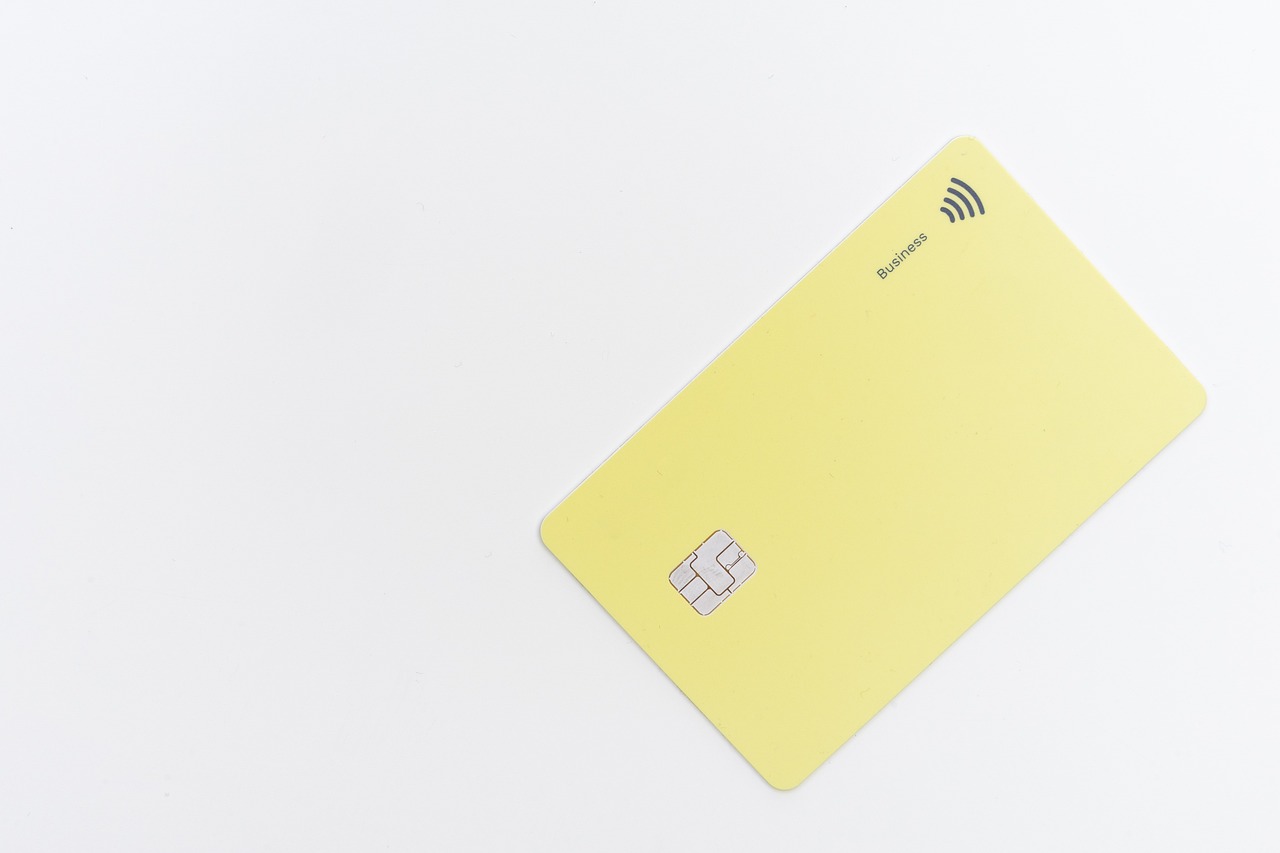
Potential Risks and Vulnerabilities
Despite the numerous security measures in place, contactless payments are not immune to risks. As technology advances, so do the methods that fraudsters use to exploit vulnerabilities. Understanding these risks is crucial for both consumers and businesses to safeguard their financial information. One of the most concerning threats is the potential for skimming attacks.
Skimming is a technique where unauthorized devices are used to capture card information from unsuspecting users. These devices can be discreetly placed on card readers or ATMs, often going unnoticed by the average consumer. When a customer taps their card, the skimmer can record sensitive data without the user’s knowledge. To mitigate the risk of skimming, consumers should:
- Be vigilant and inspect card readers for any unusual attachments.
- Use contactless payment options at reputable merchants.
- Regularly monitor bank statements for any unauthorized transactions.
Another significant concern is data breaches. Even with advanced security measures, payment processors can be vulnerable to cyberattacks. When a data breach occurs, sensitive information, including card details and personal data, can be exposed. Notable breaches in the past have raised alarms about the safety of contactless payment systems. For instance, a major retailer suffered a data breach that compromised millions of customers' credit card information, highlighting the potential risks associated with storing sensitive data electronically.
In addition to skimming and data breaches, there are other vulnerabilities that consumers should be aware of. For example, the lack of physical contact in contactless payments can sometimes lead to accidental transactions. This can happen when a card is unintentionally tapped against a reader, resulting in an unwanted charge. While this may seem minor, it can lead to confusion and frustration, especially if the transaction is for a significant amount.
Moreover, the convenience of contactless payments can also make users complacent about their security practices. Many people assume that because the technology is modern and convenient, it must be secure. However, this mindset can lead to poor security habits, such as neglecting to regularly update passwords or not using two-factor authentication where available.
To summarize, while contactless payment technology offers convenience and speed, it is essential to remain aware of its potential risks. By understanding these vulnerabilities and taking proactive measures, consumers can better protect themselves from fraud and unauthorized access to their financial information. The key is to stay informed and vigilant in a rapidly evolving digital landscape.
- What should I do if I suspect my contactless card has been skimmed? If you suspect your card has been compromised, immediately contact your bank to report the issue and request a replacement card.
- Are contactless payments safer than traditional card payments? While contactless payments have robust security features, they are not without risks. It's essential to remain vigilant and monitor your accounts regularly.
- How can I protect myself from data breaches? Use strong, unique passwords for your accounts, enable two-factor authentication, and regularly check your bank statements for any unauthorized transactions.
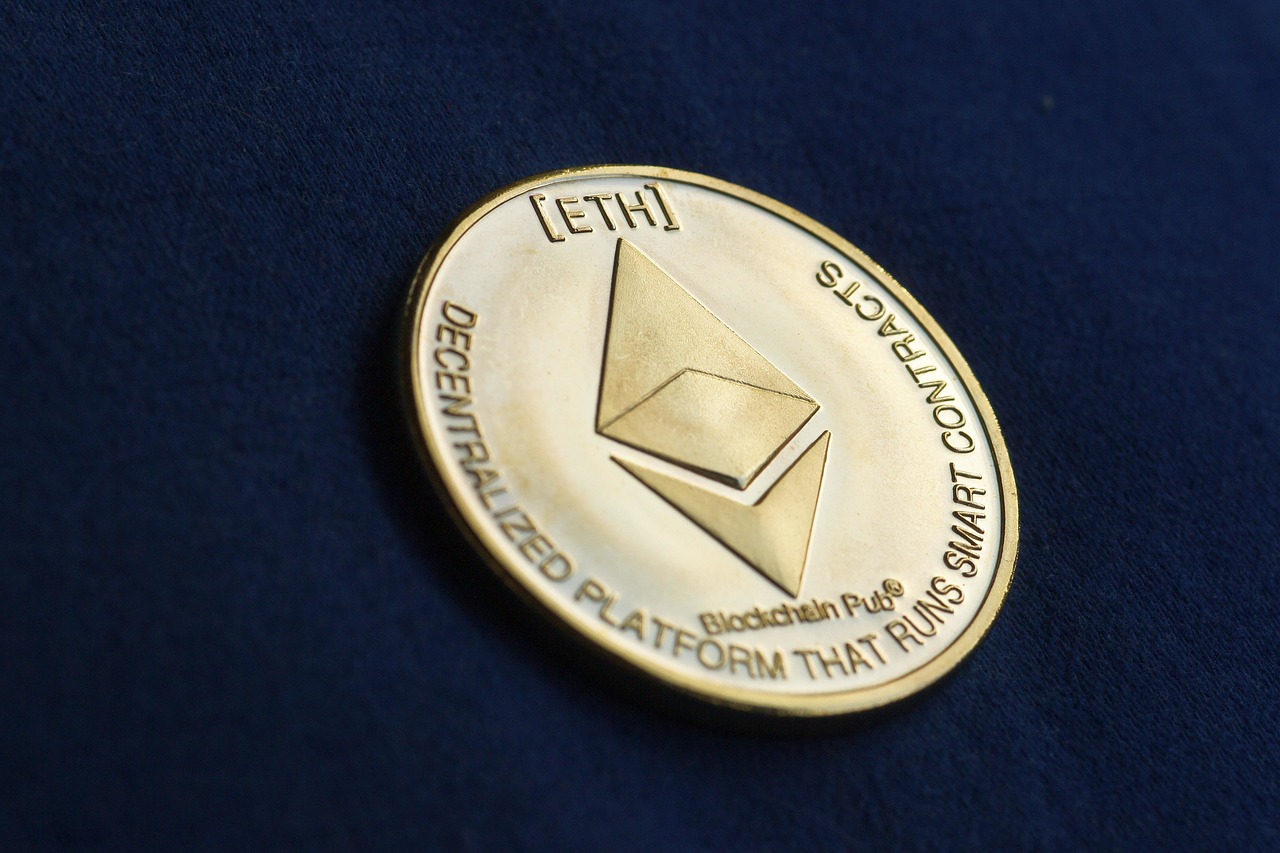
Skimming Attacks
In the realm of contactless payments, represent one of the most prevalent threats consumers face today. These insidious attacks occur when criminals use unauthorized devices to capture sensitive card information without the victim’s knowledge. Imagine walking through a crowded market, your card tucked safely in your wallet, while a thief nearby is effortlessly siphoning off your financial data. It’s a frightening thought, but understanding how these attacks happen can help you protect yourself.
Skimming typically involves the use of a small device known as a skimmer, which can be discreetly attached to legitimate payment terminals or handheld devices. These skimmers are designed to read the RFID (Radio Frequency Identification) signals emitted by your contactless card. When you make a transaction, the skimmer captures your card details, including your card number and expiration date, all while you remain blissfully unaware. The stolen information can then be used for fraudulent purchases or sold on the dark web.
To help you grasp the mechanics behind skimming attacks, here’s a brief overview of how they usually unfold:
- Installation: The skimmer is placed over a legitimate card reader, making it almost invisible to the average consumer.
- Data Capture: As you tap your card to pay, the skimmer captures your card details instantly.
- Data Exploitation: The thief retrieves the skimmer, downloads the captured data, and uses it for unauthorized transactions.
While the technology behind contactless payments is designed to enhance convenience, it’s essential to remain vigilant. Here are some practical tips to help safeguard against skimming attacks:
- Inspect Payment Terminals: Always check for any unusual attachments or devices on card readers before using them.
- Use RFID-Blocking Wallets: Consider investing in a wallet designed to block RFID signals, making it harder for skimmers to capture your data.
- Monitor Your Accounts: Regularly check your bank statements and transaction history for any unauthorized charges.
In conclusion, while skimming attacks pose a significant risk to the security of contactless payments, awareness and proactive measures can greatly reduce the likelihood of falling victim to such fraud. By staying informed and taking necessary precautions, you can enjoy the convenience of contactless payments without compromising your financial safety.
Q1: What is a skimming attack?
A skimming attack is a method used by criminals to capture sensitive card information from unsuspecting consumers using unauthorized devices.
Q2: How can I protect myself from skimming attacks?
You can protect yourself by inspecting payment terminals, using RFID-blocking wallets, and monitoring your bank statements for unauthorized transactions.
Q3: Are contactless payments safe?
While contactless payments come with inherent risks, they also incorporate advanced security features such as encryption and tokenization to protect your information.
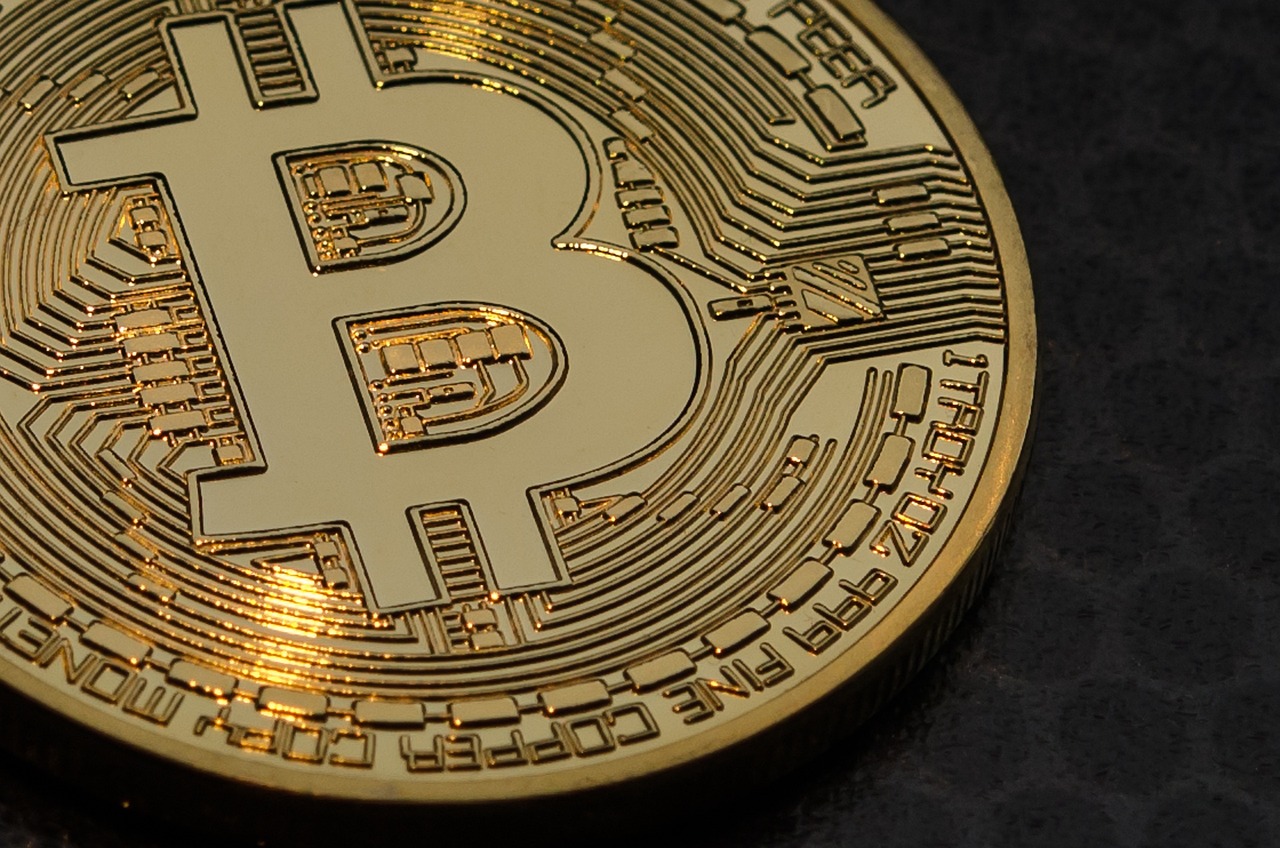
Data Breaches
In today's digital landscape, have become alarmingly common, and the world of contactless payments is not immune. Imagine this: your financial information is stored on a payment processor's server, and suddenly, hackers find a way to breach that server. This scenario is not just a plot twist in a tech thriller; it's a reality that has unfolded time and again. The consequences of these breaches can be devastating, not only for consumers but also for businesses that rely on the trust of their customers.
When we talk about data breaches in the context of contactless payments, we're referring to incidents where sensitive information—like credit card numbers, personal identification details, and transaction histories—are exposed. These breaches can occur due to various factors, including weak security protocols, outdated software, or even human error. For instance, a major payment processor might experience a breach that exposes millions of users' data, leading to a domino effect of fraud and identity theft.
One of the most notable examples of a data breach occurred in 2017 when a major credit card processor reported a significant security incident. Hackers gained access to sensitive information, affecting millions of customers. The fallout was immense: not only did the company face financial penalties, but it also suffered a severe blow to its reputation. Customers lost trust, and many switched to competitors that promised better security measures.
To illustrate the impact of data breaches, let's take a look at a table summarizing some notable incidents in recent years:
| Year | Company | Data Exposed | Impact |
|---|---|---|---|
| 2017 | Credit Card Processor A | Millions of credit card numbers | Loss of customer trust, financial penalties |
| 2019 | Payment Service B | Personal identification details | Legal actions, increased security measures |
| 2020 | Bank C | Bank account information | Reputational damage, customer migration |
So, how can consumers protect themselves from the repercussions of data breaches? Here are a few proactive steps:
- Monitor your accounts: Regularly check your bank statements and credit reports for any suspicious activity.
- Use strong passwords: Ensure that your passwords are complex and unique for different accounts.
- Enable two-factor authentication: Whenever possible, use two-factor authentication for an added layer of security.
- Stay informed: Keep up with news regarding data breaches and be aware of any potential risks associated with your payment methods.
In conclusion, while contactless payment technology offers unparalleled convenience, it also comes with its set of vulnerabilities. Data breaches can have far-reaching effects, affecting not just individual consumers but also the integrity of the entire payment ecosystem. As we move forward, both businesses and consumers must remain vigilant, adopting best practices to safeguard their financial information against potential threats.
Q: What should I do if my payment information is compromised?
A: If you suspect your information has been compromised, immediately contact your bank or payment provider to report the issue. They can help you freeze your account and prevent further unauthorized transactions.
Q: Are contactless payments safe?
A: While contactless payments incorporate advanced security features like encryption and tokenization, no system is entirely risk-free. It's essential to stay informed and take personal security measures seriously.
Q: How can I protect myself from skimming attacks?
A: To protect against skimming, use RFID-blocking wallets or sleeves, and always be cautious when using your card in unfamiliar locations.

The Future of Contactless Payment Security
As we step into an era where technology is evolving at breakneck speed, the security of contactless payments is becoming increasingly crucial. With the growing adoption of mobile wallets and contactless cards, consumers and businesses alike are looking for assurance that their transactions are safe. So, what does the future hold for contactless payment security? Let's dive into some exciting trends and innovations that are shaping this landscape.
First and foremost, we can expect to see a surge in the use of biometric authentication. Imagine walking into a store, grabbing your items, and simply using your fingerprint or facial recognition to pay. This technology is not only convenient but also adds an additional layer of security that is hard to replicate. Biometric data is unique to each individual, making it a formidable barrier against fraud. As consumers become more accustomed to this technology, it’s likely that businesses will follow suit, integrating biometric systems into their payment processes.
Another significant trend is the enhancement of artificial intelligence (AI) in detecting fraudulent activities. AI algorithms can analyze transaction patterns in real-time, identifying anomalies that could indicate fraud. For instance, if a transaction occurs in two different locations within a short time frame, the AI system can flag it for further investigation. This proactive approach to security not only protects consumers but also builds trust in contactless payment systems.
Moreover, the concept of blockchain technology is gaining traction in the world of payments. By providing a decentralized ledger that records all transactions securely, blockchain can enhance transparency and security in contactless payments. Each transaction is encrypted and linked to the previous one, making it nearly impossible for fraudsters to alter transaction records. As more businesses explore blockchain solutions, we can expect a significant boost in the overall security of payment systems.
Additionally, we cannot overlook the importance of regulatory frameworks. As contactless payment technology continues to evolve, governments and financial institutions are likely to implement stricter regulations to ensure consumer protection. This could include mandatory encryption standards, regular security audits, and consumer education initiatives aimed at raising awareness about potential risks. Such measures will not only safeguard users but also encourage wider adoption of contactless payment methods.
Lastly, the future of contactless payment security will likely see the integration of multi-layered security protocols. Instead of relying on a single method of protection, businesses will adopt a combination of encryption, tokenization, biometric authentication, and AI-driven fraud detection. This layered approach creates a more complex security environment that is much harder for fraudsters to penetrate. By diversifying security measures, companies can effectively mitigate risks and instill confidence in their customers.
In conclusion, the future of contactless payment security looks promising, with numerous innovations on the horizon. As technology continues to advance, the focus on security will only intensify, benefiting consumers and businesses alike. The key takeaway here is that while there are risks associated with contactless payments, the ongoing development of robust security measures will help to mitigate these concerns, paving the way for a safer and more convenient payment experience.
- What are contactless payments? Contactless payments allow consumers to make transactions without physically inserting their cards or cash, using technologies like NFC.
- Are contactless payments safe? Yes, contactless payments incorporate various security features, such as encryption and tokenization, to protect sensitive information.
- What is biometric authentication? Biometric authentication uses unique physical characteristics, such as fingerprints or facial recognition, to verify a user's identity during a transaction.
- How does AI help in payment security? AI can analyze transaction patterns in real-time to detect and flag potentially fraudulent activities, enhancing overall security.
- What role does blockchain play in payment security? Blockchain technology provides a secure and transparent way to record transactions, making it difficult for fraudsters to alter transaction records.
Frequently Asked Questions
- What is contactless payment technology?
Contactless payment technology allows you to make transactions without having to physically swipe or insert your card. It uses NFC (Near Field Communication) to enable quick and convenient purchases, making it a popular choice among consumers who value speed and ease.
- How secure are contactless payments?
Contactless payments are generally secure due to multiple layers of protection. They utilize encryption and tokenization to safeguard sensitive information, making it difficult for unauthorized users to access your data during transactions.
- What is encryption in contactless payments?
Encryption is a method used to protect data by converting it into a format that can only be read by authorized parties. In contactless payments, encryption ensures that your payment information remains confidential and secure from potential fraudsters.
- What is the difference between symmetric and asymmetric encryption?
Symmetric encryption uses the same key for both encrypting and decrypting data, while asymmetric encryption employs a pair of keys—one public and one private. Each method has its own advantages, but both play a crucial role in securing contactless payment transactions.
- What is tokenization?
Tokenization replaces your sensitive card information with unique identifiers called tokens. This means that even if a hacker intercepts the transaction data, they won't be able to access your actual payment details, thus enhancing security.
- What are skimming attacks?
Skimming attacks occur when unauthorized devices capture your card information without your knowledge. These devices can be discreetly placed at point-of-sale terminals, and it's essential to stay vigilant and check for any suspicious equipment to protect yourself.
- Can data breaches affect contactless payment security?
Yes, data breaches can expose sensitive information stored by payment processors. When a breach occurs, it can lead to unauthorized access to your payment details, highlighting the importance of robust security measures in protecting consumer data.
- What is the future of contactless payment security?
The future looks promising as technology continues to evolve. Innovations such as biometric authentication, advanced encryption techniques, and improved fraud detection systems are being developed to enhance the security of contactless payment systems.

















